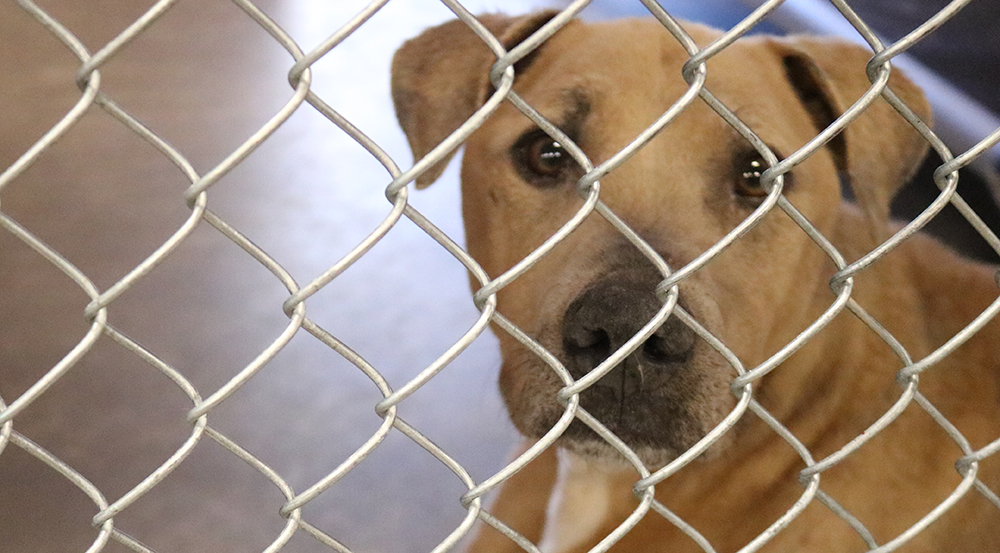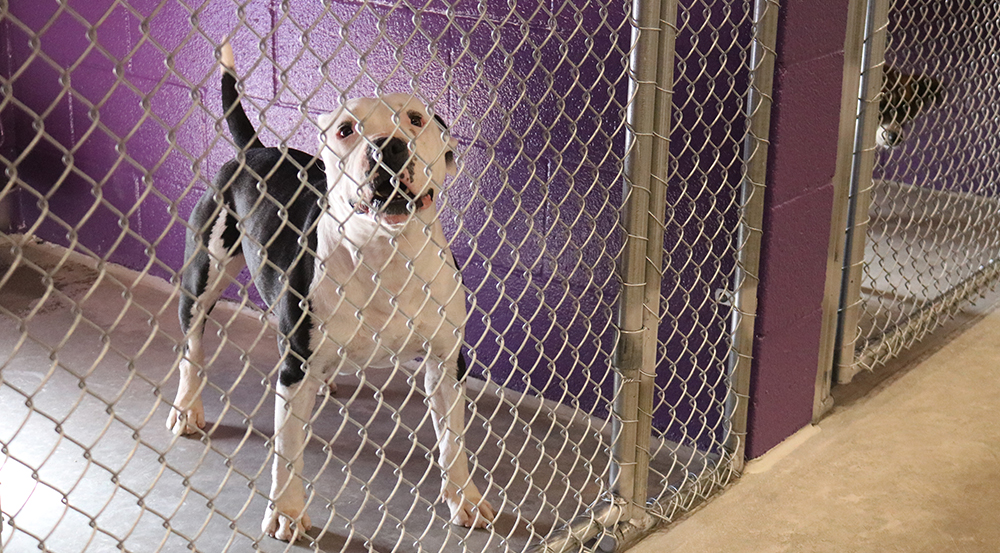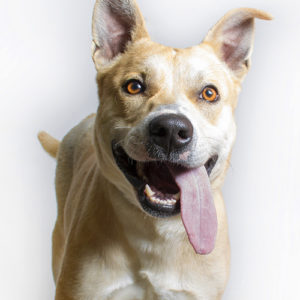Old dog; new tricks.
Adopting an older dog or cat can be incredibly rewarding. Puppies and kittens are always a popular choice and are usually adopted very quickly. Older animals, on the other hand, have a harder time finding a family for several reasons. One reservation many people voice is that they want a dog that can be trained and the assumption is an older dog cannot be trained.
The old adage “you can’t teach an old dog new tricks” has had a damning effect on the way many households view older pets; especially dogs. It’s a question we hear frequently when potential adopters are considering an older dog: “If I adopt a senior dog, will it have bad habits?”
While it must be said that it depends on the dog, it is also necessary to point out that many dogs in our care have troubled pasts. Strays have to learn quickly how to survive on the streets and in the desert, while other dogs have suffered neglect or abuse. Behavioral consequences can occur in these cases and it takes a lot of time and love for these dogs to overcome those challenges.
With all that being said, you absolutely CAN teach an old dog new tricks (or, break their bad habits)! Our Behavior Programs Supervisor, Bailey Heater says teaching a senior dog is no different than teaching any other dog.
It depends on the dog and it depends on the person. Bailey pointed out that many of the reasons someone might dismiss a dog for being “too old”, are the same reasons another person might prefer to adopt a senior pet. Lower energy levels might be preferable to someone who just wants a dog that enjoys cuddling, whereas an adopter who wants a little ball of energy is better suited to the puppy life.
Older dogs tend to be much better at adjusting to a new home, too. They also tend to demonstrate their gratitude to their new forever family for getting them out of the shelter environment. It is not uncommon to see an older dog, who while in a kennel appears bored and uninterested transform into an enthusiastic, smiling, tail-wagging friend for life.
It’s also about managing your own expectations. An older dog may be set in its ways, so expecting them to behave exactly as you want them to without any guidance is an unrealistic expectation.
You can meet some of our favorite senior pets at our upcoming Family Fun Adoption Night on Friday, August 2nd, 2019.
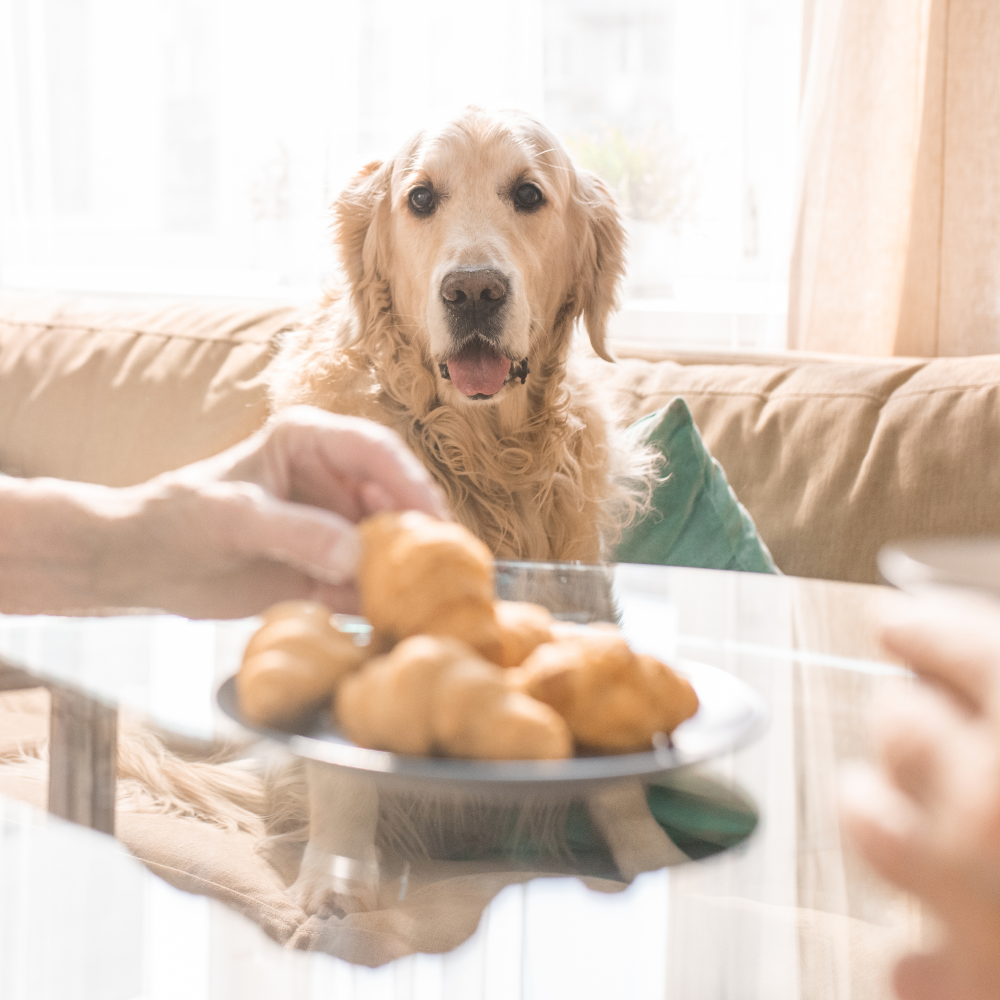

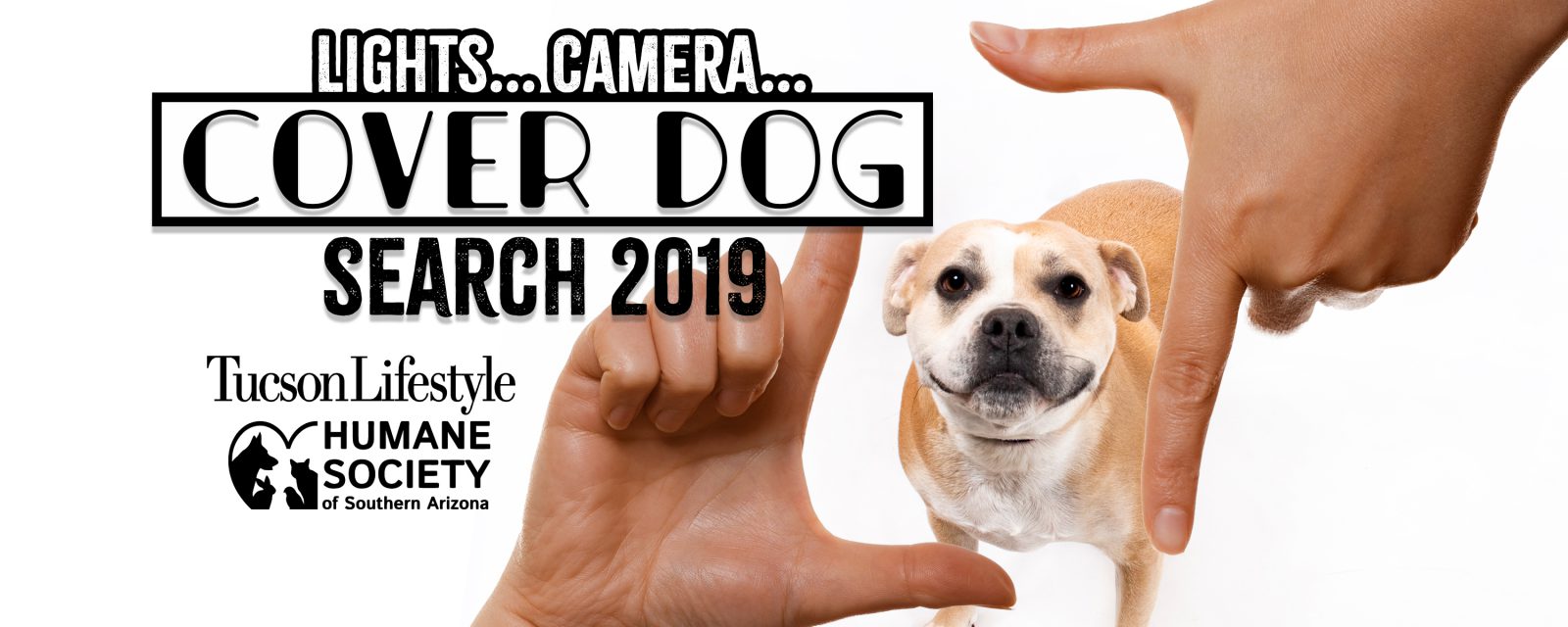
![auilfj196jv11[1] auilfj196jv11[1]](https://hssaz.org/wp-content/uploads/2019/10/auilfj196jv111.jpg)
![K6ujJ3U[1] K6ujJ3U[1]](https://hssaz.org/wp-content/uploads/2019/10/K6ujJ3U1.jpg)
![kyvvy-533x400[1] kyvvy-533x400[1]](https://hssaz.org/wp-content/uploads/2019/10/kyvvy-533x4001.jpg)
![bmc2017-610x400[1] bmc2017-610x400[1]](https://hssaz.org/wp-content/uploads/2019/10/bmc2017-610x4001.jpg)
![avramce-768x1024[1] avramce-768x1024[1]](https://hssaz.org/wp-content/uploads/2019/10/avramce-768x10241.jpg)
![pmartin3002[1] pmartin3002[1]](https://hssaz.org/wp-content/uploads/2019/10/pmartin30021.jpg)
![chesloctopus-768x1024[1] chesloctopus-768x1024[1]](https://hssaz.org/wp-content/uploads/2019/10/chesloctopus-768x10241.jpg)
![SassypantRN[1] SassypantRN[1]](https://hssaz.org/wp-content/uploads/2019/10/SassypantRN1.jpg)
![MaxPickles-550x550[1] MaxPickles-550x550[1]](https://hssaz.org/wp-content/uploads/2019/10/MaxPickles-550x5501.jpg)
![thuja-plicata-541x550[1] thuja-plicata-541x550[1]](https://hssaz.org/wp-content/uploads/2019/10/thuja-plicata-541x5501.png)

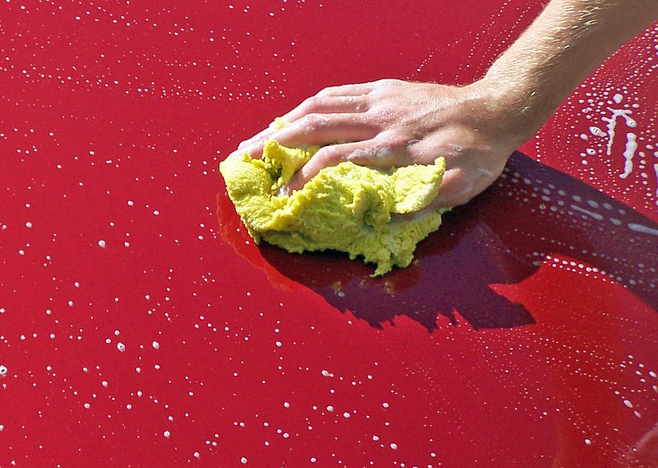


![Feature-Photo-685x400[1] Feature-Photo-685x400[1]](https://hssaz.org/wp-content/uploads/2019/10/Feature-Photo-685x4001-1.png)
![Pritkin-Diet-1200x1200-768x768[1] Pritkin-Diet-1200x1200-768x768[1]](https://hssaz.org/wp-content/uploads/2019/10/Pritkin-Diet-1200x1200-768x7681.jpg)
![IMG_7822-768x458[1] IMG_7822-768x458[1]](https://hssaz.org/wp-content/uploads/2019/10/IMG_7822-768x4581.jpg)
![dental-768x512[1] dental-768x512[1]](https://hssaz.org/wp-content/uploads/2019/10/dental-768x5121.png)
![nails[1] nails[1]](https://hssaz.org/wp-content/uploads/2019/10/nails1.png)
![IMG_7718-768x471[1] IMG_7718-768x471[1]](https://hssaz.org/wp-content/uploads/2019/10/IMG_7718-768x4711.jpg)
![pixabay-768x512[1] pixabay-768x512[1]](https://hssaz.org/wp-content/uploads/2019/10/pixabay-768x5121.jpg)
![IMG_6528-768x512[1] IMG_6528-768x512[1]](https://hssaz.org/wp-content/uploads/2019/10/IMG_6528-768x5121.jpg)
